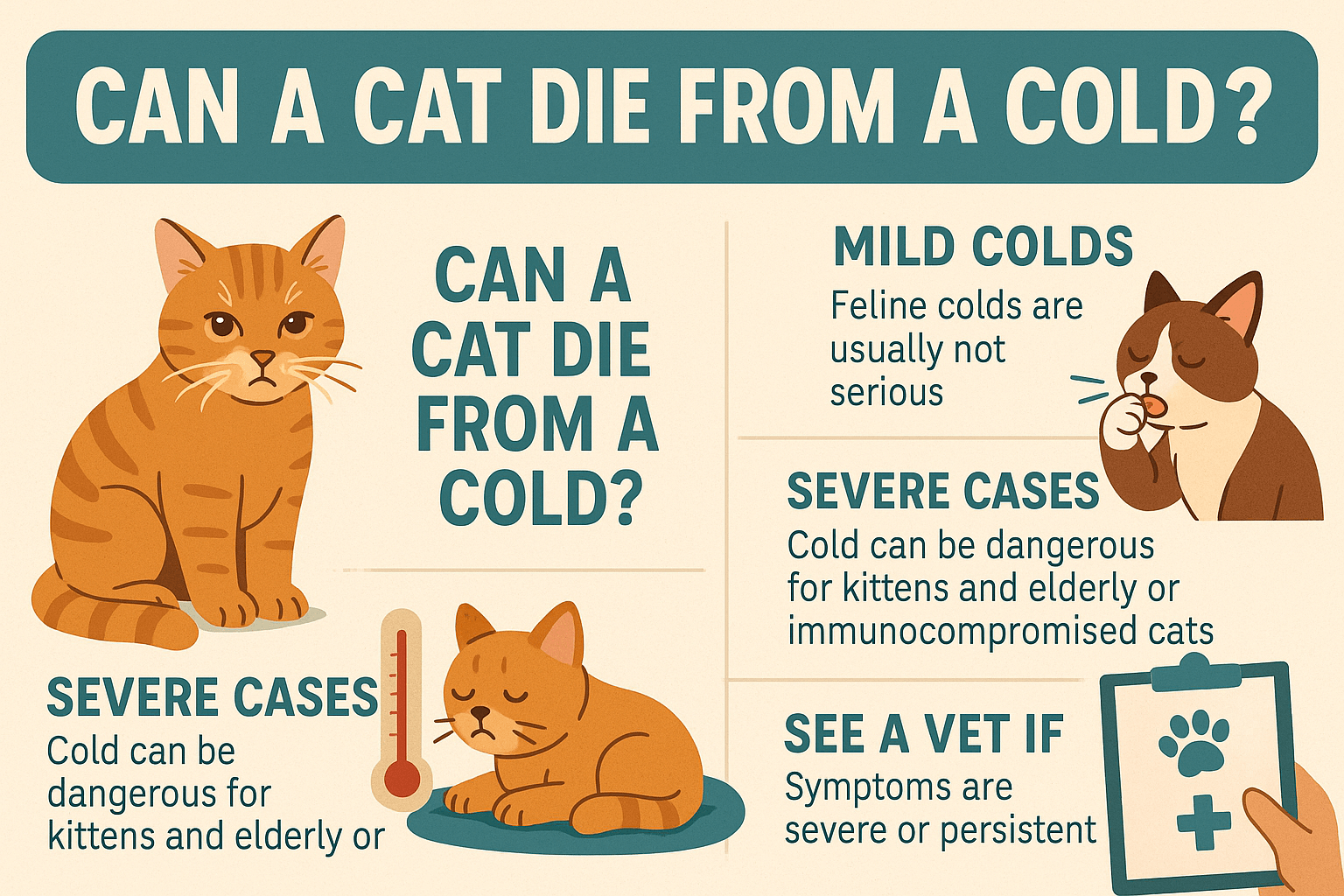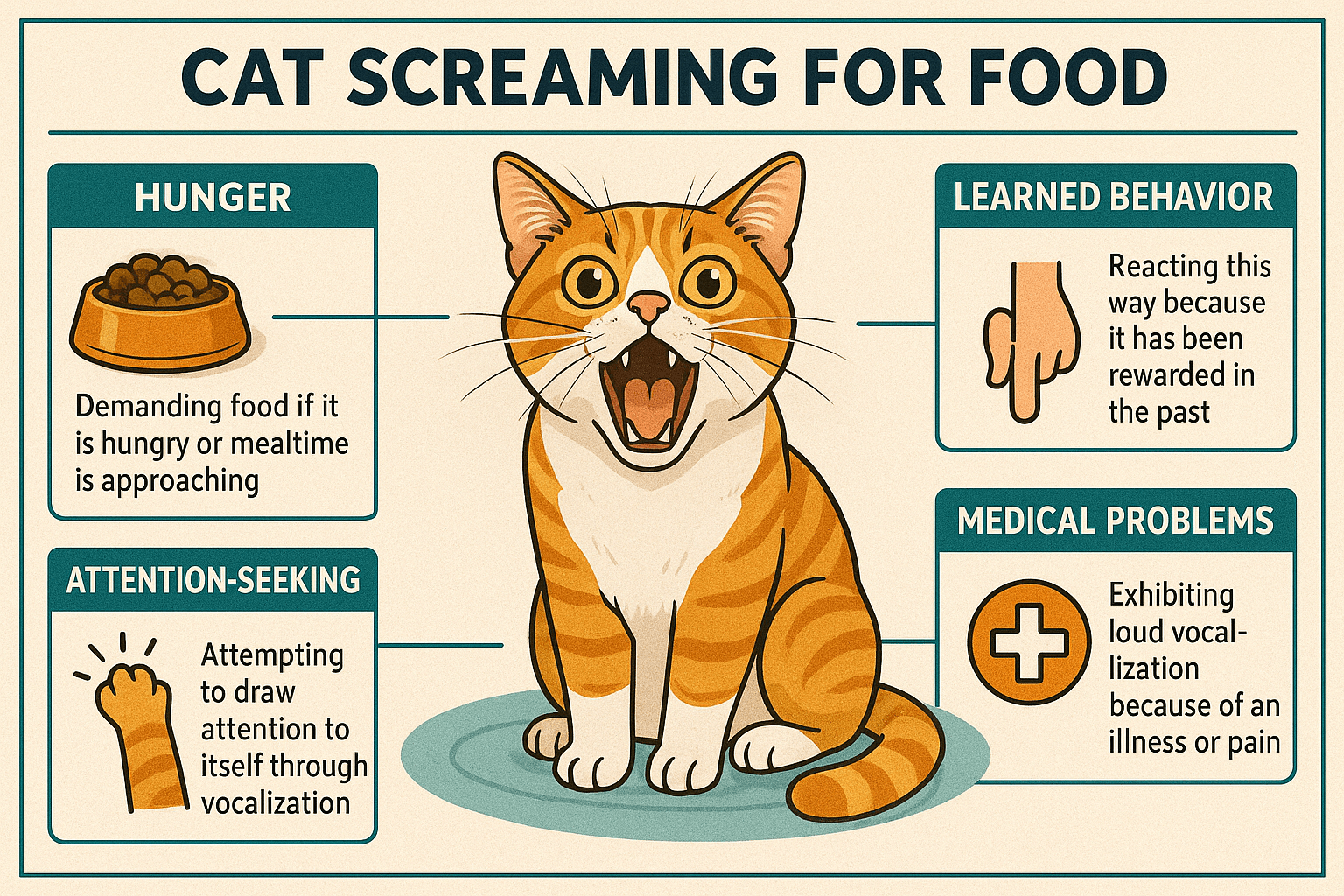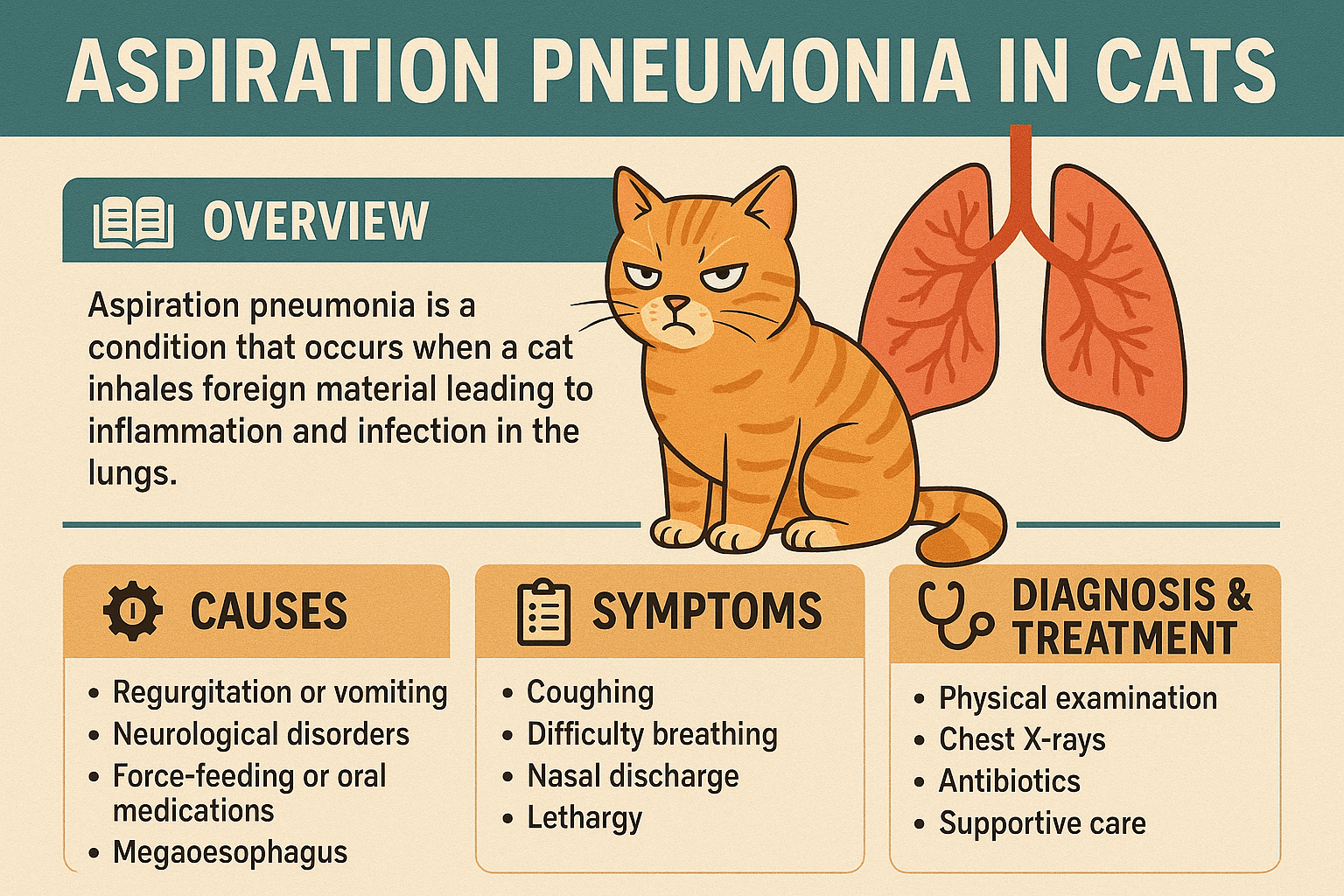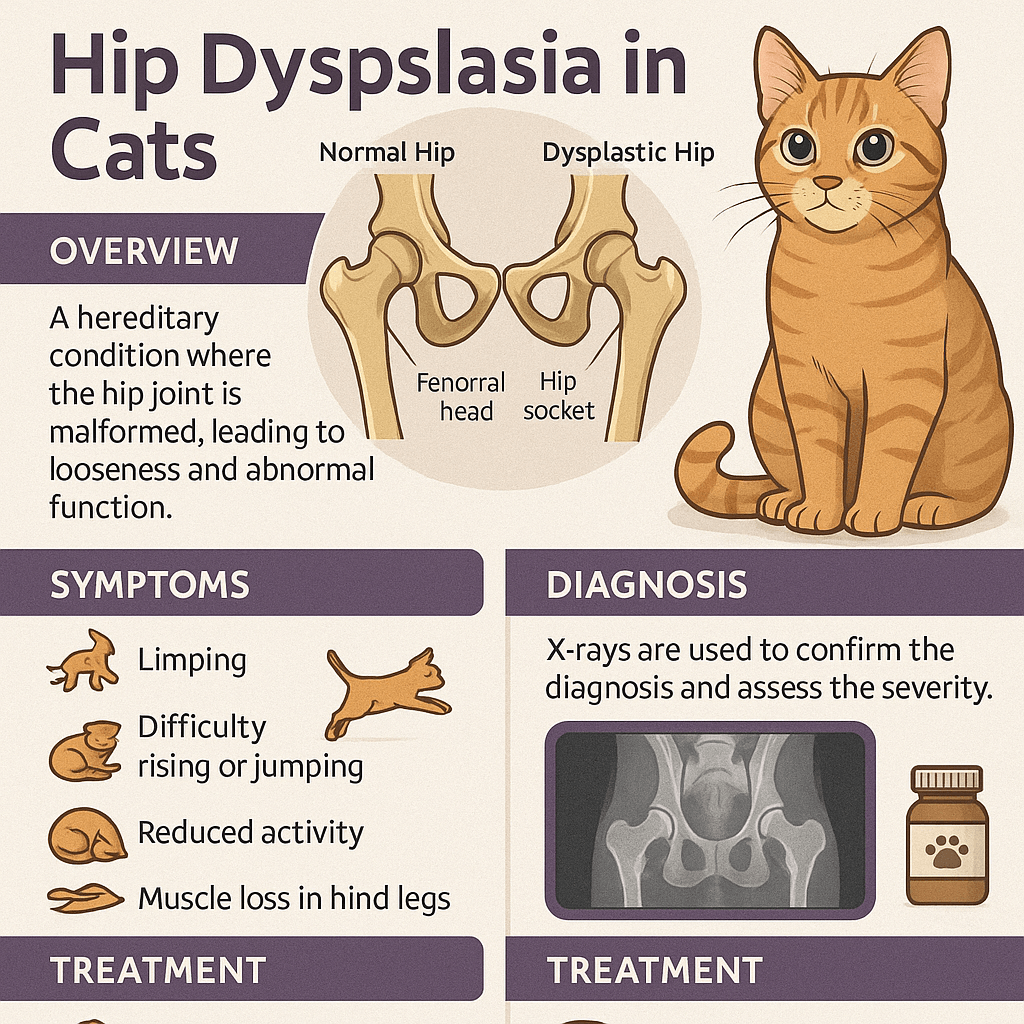Can Cats Eat Mums? What You Need to Know
Mums, also known as chrysanthemums, are a popular decorative plant found in gardens and homes during the fall season. While they add beauty and vibrancy to any space, pet owners often wonder whether these flowers are safe for their feline friends. Cats are naturally curious creatures, and their tendency to nibble on plants can sometimes lead to accidental ingestion. But what happens if your cat takes a bite of a mum? Are mums toxic to cats, and how should you respond if your furry companion decides to sample one?
In this blog post, we’ll explore everything you need to know about cats and mums, including their potential risks, safer alternatives, and tips for keeping your cat safe around household plants.
Are Mums Toxic to Cats? Key Facts to Understand
The short answer is yes—mums are toxic to cats. While they may not be as dangerous as some other plants, ingesting even a small amount can cause mild to moderate symptoms. Here’s what you need to know about the risks associated with mums.
Toxic Compounds in Mums:
Mums contain pyrethrins and sesquiterpene lactones, which can irritate a cat’s digestive system and skin.Common Symptoms of Ingestion:
Signs of mum poisoning include vomiting, diarrhea, drooling, and loss of appetite.Skin Irritation Risks:
Simply brushing against a mum can cause skin irritation or allergic reactions in sensitive cats.Severity of Toxicity:
Mums are considered mildly toxic compared to highly dangerous plants like lilies, but they still pose a risk that shouldn’t be ignored.Immediate Action Required:
If your cat ingests mums, it’s important to act quickly by contacting your veterinarian for guidance.
Understanding these facts helps you take proactive steps to protect your cat from potential harm.
What to Do If Your Cat Eats Mums
If your cat has ingested part of a mum, staying calm and taking immediate action is crucial. Here’s a step-by-step guide to help you respond effectively.
Assess the Situation:
Determine how much of the plant your cat consumed and look for visible signs of distress.Remove Access to the Plant:
Prevent further ingestion by moving the plant out of your cat’s reach immediately.Contact Your Veterinarian:
Call your vet or an animal poison control hotline for professional advice tailored to your cat’s condition.Monitor Your Cat Closely:
Watch for symptoms like vomiting, lethargy, or difficulty breathing, and report them to your vet promptly.Avoid Home Remedies Without Guidance:
Never attempt to induce vomiting or administer medications without consulting a professional.
By following these steps, you can ensure your cat receives the care they need while minimizing potential complications.
Check this guide 👉Can Cats Eat Trout? Best 7 Expert Tips!
Check this guide 👉Can Cats Eat Spinach? Best 7 Expert Tips!
Check this guide 👉Can Cats Eat Watermelon Seeds? Best 7 Expert Tips!

Safe Plants for Cats | Plants Toxic to Cats |
|---|---|
Spider Plant | Chrysanthemums (Mums) |
Boston Fern | Lilies |
Catnip | Aloe Vera |
African Violet | Philodendron |
Bamboo Palm | Sago Palm |
How to Keep Your Cat Safe Around Mums
Prevention is always better than cure when it comes to protecting your cat from toxic plants. Here are some practical tips to keep your feline friend safe around mums and other potentially harmful plants.
Place Mums Out of Reach:
Position mums on high shelves or in areas your cat cannot access easily.Use Hanging Planters:
Hanging mums reduces the likelihood of accidental ingestion by keeping them elevated.Create Cat-Friendly Spaces:
Provide your cat with plenty of toys, scratching posts, and activities to distract them from plants.Train Your Cat to Avoid Plants:
Use positive reinforcement techniques to teach your cat which plants are off-limits.Opt for Pet-Safe Plants:
Replace toxic plants like mums with cat-safe alternatives such as spider plants or bamboo palms.
Taking these precautions ensures a harmonious environment where both your cat and your plants can thrive.
Signs Your Cat May Have Eaten Something Toxic
Cats are masters at hiding discomfort, so recognizing the signs of plant poisoning early is essential. Here’s what to watch for if you suspect your cat has ingested a toxic plant like mums.
Vomiting or Diarrhea:
These are common symptoms of gastrointestinal upset caused by toxic plants.Excessive Drooling:
Drooling can indicate oral irritation or nausea resulting from plant ingestion.Lethargy or Weakness:
A sudden lack of energy may signal that your cat is feeling unwell.Difficulty Breathing:
In severe cases, toxic plants can affect your cat’s respiratory system, requiring urgent care.Behavioral Changes:
Hiding, restlessness, or unusual aggression may indicate discomfort or pain.
Recognizing these signs allows you to seek veterinary care promptly and prevent further complications.
Common Mistakes to Avoid When Managing Plants Around Cats
Even well-meaning pet owners can make mistakes when it comes to protecting their cats from toxic plants. Here are some pitfalls to avoid.
Leaving Plants Within Reach:
Placing toxic plants on low tables or counters increases the risk of accidental ingestion.Ignoring Warning Signs:
Delaying action after noticing symptoms can worsen your cat’s condition and complicate treatment.Using Harmful Deterrents:
Some commercial sprays or repellents may themselves be toxic to cats; always check ingredients carefully.Assuming All Plants Are Safe:
Not all plants are harmless, so research before bringing new greenery into your home.Neglecting Regular Vet Check-Ups:
Routine visits help identify underlying health issues caused by plant exposure or other factors.
Avoiding these mistakes ensures a safer living space for your feline friend.
Safer Alternatives to Decorative Mums
If you love adding greenery to your home but want to keep your cat safe, consider these pet-friendly alternatives to mums.
Spider Plants:
Non-toxic and easy to care for, spider plants are a great option for busy pet owners.Boston Ferns:
These lush, non-toxic ferns add a touch of elegance without posing a risk to cats.African Violets:
With their vibrant blooms, African violets brighten up spaces safely for pets.Bamboo Palms:
These air-purifying plants are both stylish and completely harmless to cats.Cat Grass:
Specifically designed for cats, cat grass provides a safe outlet for their natural grazing instincts.
These alternatives allow you to enjoy indoor plants while prioritizing your cat’s safety.
How to Create a Cat-Friendly Garden Indoors
If you’re passionate about gardening but share your home with a cat, creating a cat-friendly indoor garden is a win-win solution. Here’s how to design a space that’s safe and enjoyable for both you and your pet.
Choose Non-Toxic Plants Only:
Research thoroughly to ensure every plant in your indoor garden is safe for cats.Incorporate Vertical Space:
Use shelves and wall-mounted planters to keep plants elevated and out of reach.Add Cat Grass:
Include patches of cat grass to satisfy your cat’s curiosity and deter them from other plants.Secure Loose Soil:
Cover soil with decorative stones or mesh to prevent digging and potential ingestion.Provide Distractions:
Place toys, scratching posts, or climbing structures near plants to redirect your cat’s attention.
With thoughtful planning, you can cultivate a beautiful indoor garden that coexists peacefully with your feline companion.
Frequently Asked Questions About Cats and Mums
Are all types of mums toxic to cats?
Yes, all varieties of chrysanthemums contain compounds that can harm cats if ingested.
What should I do if my cat nibbles a leaf?
Monitor your cat closely for symptoms and contact your veterinarian for advice.
Can mums cause long-term damage?
While mums are only mildly toxic, repeated exposure or large ingestions can lead to more serious health issues.
Are there any safe flowers for cats?
Yes, roses (without thorns), sunflowers, and marigolds are generally safe options for pet-friendly homes.
How can I stop my cat from eating plants?
Distract your cat with toys, use deterrent sprays, or train them to avoid plants altogether.
Protecting Your Cat from Harmful Plants
While mums are a beautiful addition to any home, they pose a risk to curious cats who may decide to nibble on them. Understanding the potential dangers and taking preventive measures ensures your furry friend stays safe and healthy. By replacing toxic plants with pet-safe alternatives, monitoring your cat’s behavior, and seeking professional help when needed, you can create a secure and loving environment for your companion. Remember, your vigilance and care are the best ways to safeguard your cat’s well-being while enjoying the beauty of nature indoors.
Can a Cat Die from a Cold? Best 7 Expert Tips! Learn how to identify, treat, and prevent feline colds while understanding when to seek veterinary care for your cat’s health.
Cat Screaming for Food: Best 7 Expert Tips! Discover effective strategies to manage your cat's food-related vocalizations and create a peaceful feeding routine.
Aspiration Pneumonia in Cats: Best 7 Expert Tips! Discover causes, symptoms, and treatment advice to protect your cat’s respiratory health and ensure a speedy recovery.
Hip Dysplasia in Cats: Best 7 Expert Tips! Discover expert advice on managing hip dysplasia in cats, from symptoms and prevention to treatment options for a happier, healthier feline life.




